This is a preproduction photograph of Brookelyn Hébert as Ada Lovelace in Lauren Gunderson’s play Ada and the Engine, produced by The Artistic Home in 2019.
The Artistic Home and I go way back to when I was a student and performer there, circa 2001–2004, under the tutelage of artistic director Kathy Scambiatterra, one of the few true mentors I have been fortunate enough to have in my life. When Kathy reached out fifteen years later to ask if I could do a preproduction photo for their upcoming show, it was like returning home again, in a sense.
Ada and the Engine is the story of Ada Lovelace, an English mathematician often cited as one of the first computer programmers, who was also the daughter of the poet Lord Byron. In light of the subject material, The Artistic Home production team had created a concept using projections of numbers that would cover Ada and surround her and that she might interact with in some way. Only, The Artistic Home didn’t have a projector and neither did I, and at that point I hadn’t used projections in any of my work thus far.
But then I remembered the beautiful projections that my friend Laura Wiley had created for another show I had photographed three years earlier: Idle Muse Theatre Company‘s production of The Woman Who Amuses Herself. Laura came through with the projector and we were set to go.
Challenges of Light
In the years leading up to this session, most of my photography work had consisted of placing light and shaping it. The night I tested out the projector, I quickly came to understand some of the challenges of the technology.
Challenge 1: One Light. The projector is your main light and probably your only light. Add another light and the projection disappears. This also meant no fancy flash techniques; the light’s power was gauged by the power of the little projector, and the camera settings were dialed in to expose for the projector’s light. We weren’t able to shoot completely in the dark, so dim, ambient yellow tungsten light bled in from the room, which needed to be tempered in editing.
Challenge 2: Tiny Source. There are big light sources (like windows) that wrap around the subject and create soft shadows, and there are small light sources (like an iPhone flash or bright outdoor sunlight) that create hard shadows and sharp, tiny catchlights in the subjects’ eyes. Light from the projector falls into the latter category, as it emanates from the small, round aperture at the front of the projector. This isn’t always a bad thing, and there’s a time for both soft and hard light, though it’s a parameter to keep in mind (especially if you’re used to using softer sources).
Challenge 3: Light Direction. As the main light, positioning the projections straight on (the direction the projector fires) means a hard, flat, unflattering light. To remedy this, I had an assistant stand on a chair and hold the projector above the subject’s head so that the projections still looked normal but the subject’s face gained some definition due to the higher angle of the light and the shadows that it created on the subject’s face to give the image some dimension.
Projectors and Pixels: The benefit of a digital projector is that you can project any pattern you like. The options are limitless. It’s something I’m interested to experiment with more. But when the digital image is magnified, so too are the pixels. This is known as the “screen-door effect,” and it seems to have been more evident on the brighter projections than the darker ones. One way around this is to use an old-fashioned slide projector instead, in which case you trade away the flexibility of the digital system for an analog system where you must have the physical slide.
Variations
The Artistic Home production team sent three different projections for three different looks.
Cascading Binary
This was the most challenging of the projections, as most of the challenges of light mentioned above were factors we had to consider: one light, tiny source, and light direction. Put the subject close to the background and the shadows were stark (which worked well for some effects); put the subject farther away and the numbers start to get lost.
BELOW: Boosting color and contrast in the cascading binary images
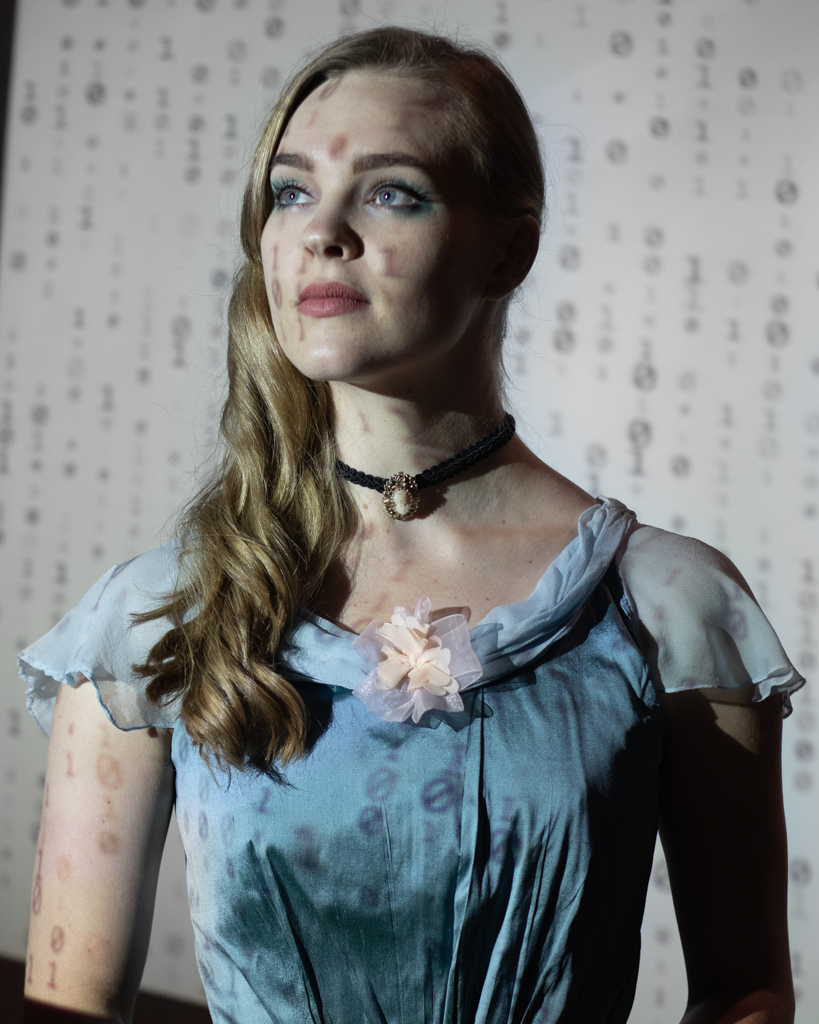
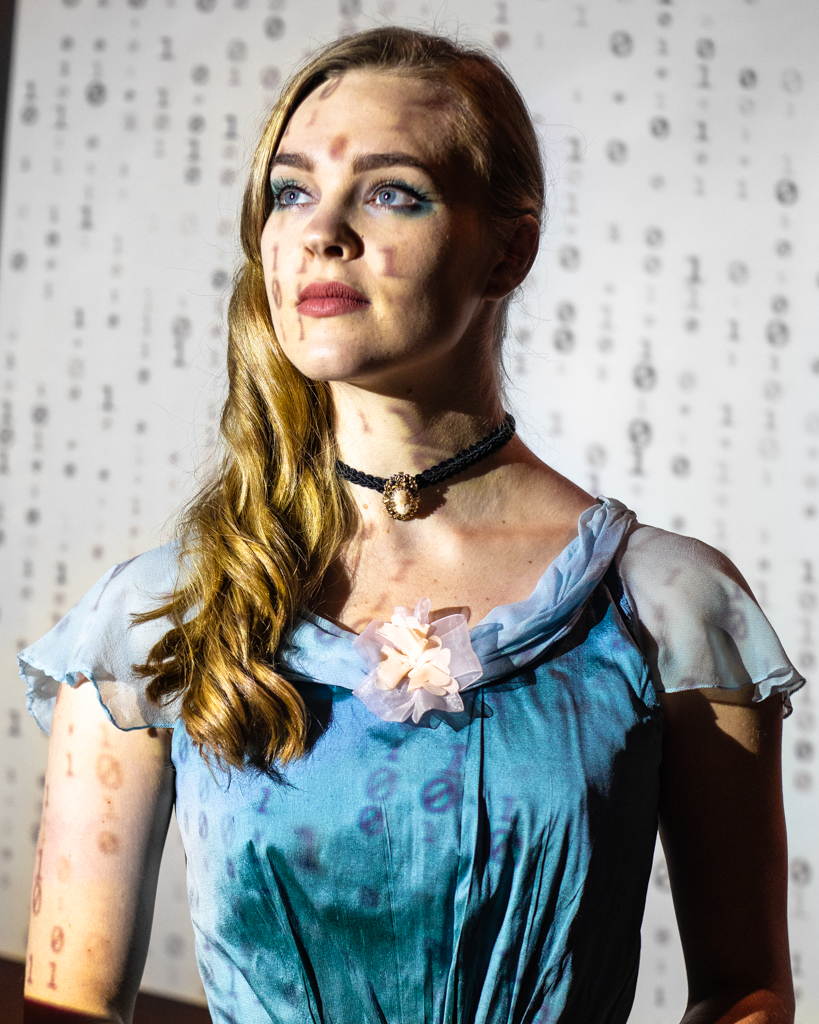
Number Jumble
This projection was an assortment of green numbers mixed together. It was an interesting look that might have come together with a lot more editing. I thought it had a cool cyberpunk/science-fiction aesthetic, though it seemed a bit far from the material of the play.
Tunnel of Numbers
The tunnel of numbers projection was where we found the most success. This is the projection used in the feature image above and the one chosen by the production team for the postcard and social media.
This projection worked well because it cast light but not too much light; it used the binary numbers from the “cascading binary” projection, but it used those numbers in a more orderly way as a backdrop. The projected numbers were enough to highlight the subject’s eyes without overemphasis. We even placed the projector behind the subject and exposed for the projection so as to create a stark silhouette as another option.
Coda
Shooting with a projector was a fun and challenging experience that I’d like to try again, building on what I learned the first time. Brookelyn Hébert and Zach Wagner (who did costumes and makeup at the shoot) were wonderful to work with, and along with Elizabeth MacDougald (holding the projector), everyone came together to make this experiment go smoothly. In spite of the technical challenges involved, there were no real difficulties in the session, and thanks to everyone’s skill and professionalism, we moved from shot to shot fluidly.
When the show opened, The Artistic Home graciously offered us tickets to their production of Ada and the Engine, and it ended up our favorite show of the year. We were moved by Lauren Gunderson’s compelling script, Monica Payne’s exciting direction, and the honest, authentic performances of the actors. It was a comfort to see that after all these years the theater that was once such a home to me had continued the work, and better than ever.
A satisfying coda to a photography session that was both highly experimental and personally meaningful, the following year Brookelyn Hébert was awarded the Joseph Jefferson Award for Performer in a Principal Role for her portrayal of Ada Lovelace in The Artistic Home’s production of Ada and the Engine.
The Artistic Home continues their great work this week, opening their virtual show, Hamlet & Ophelia, on April 1, 2021.

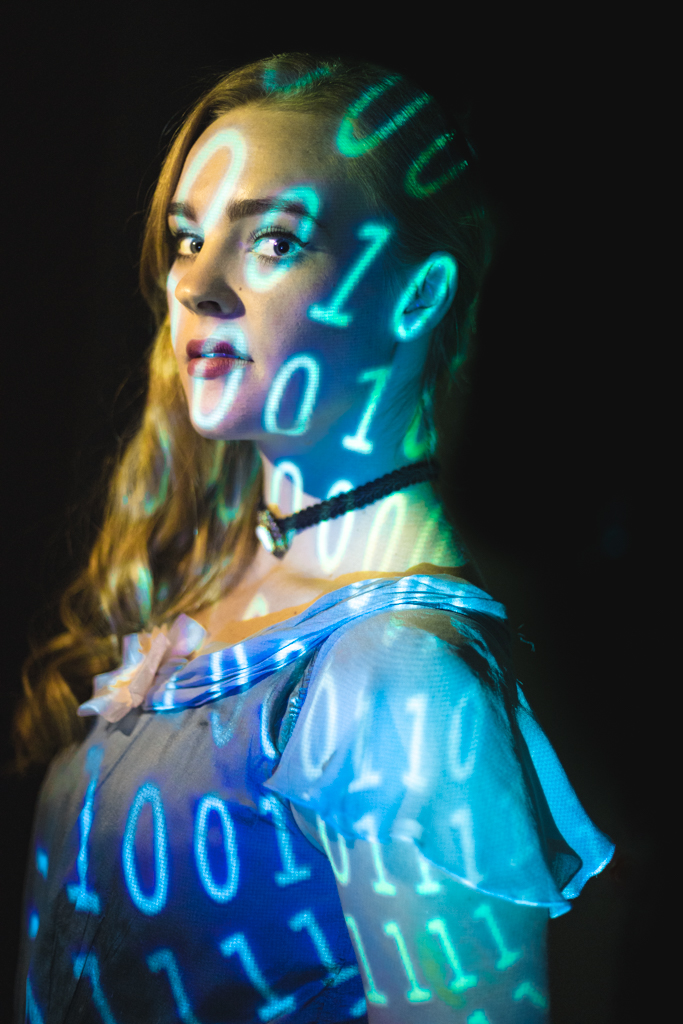
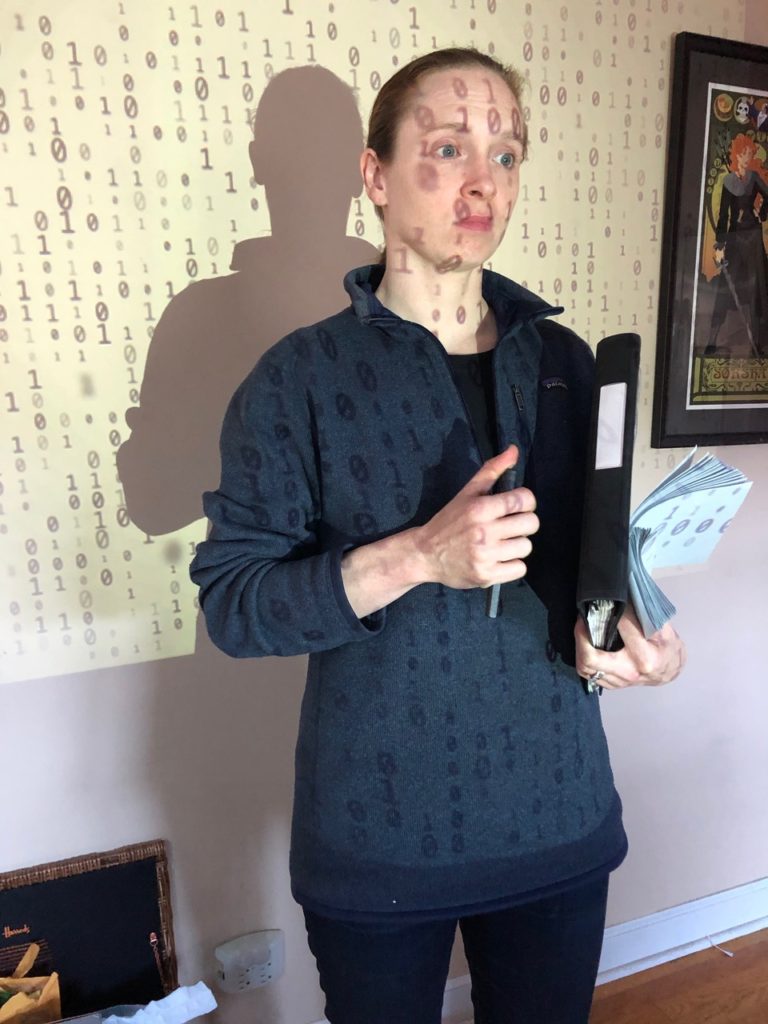
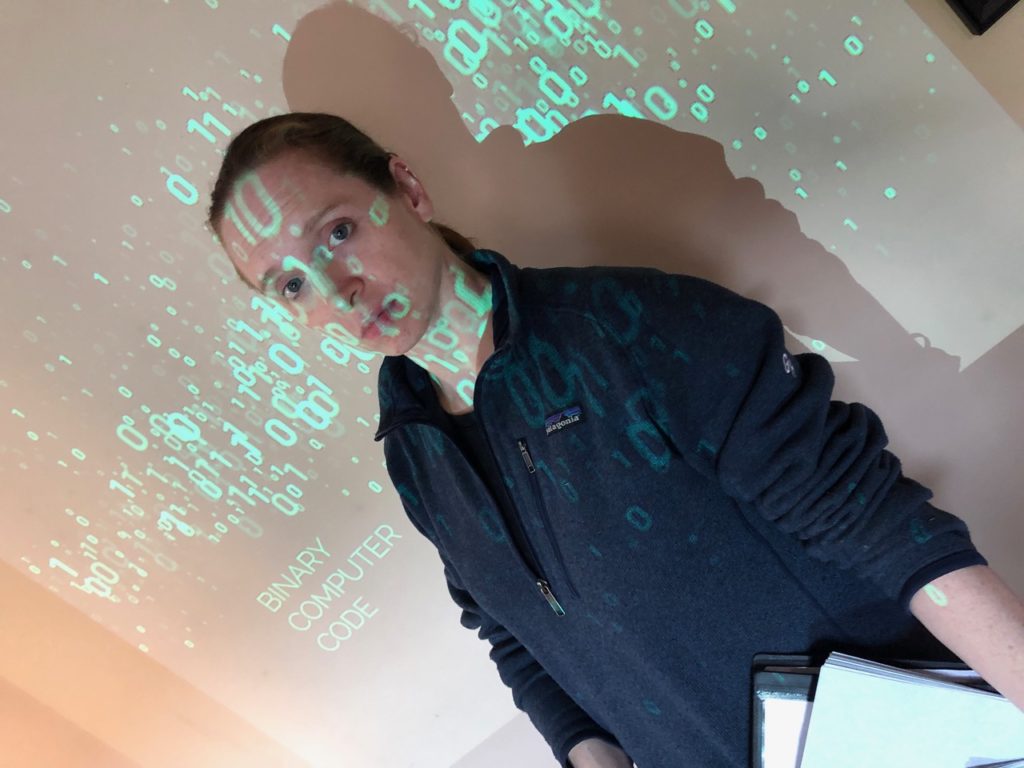
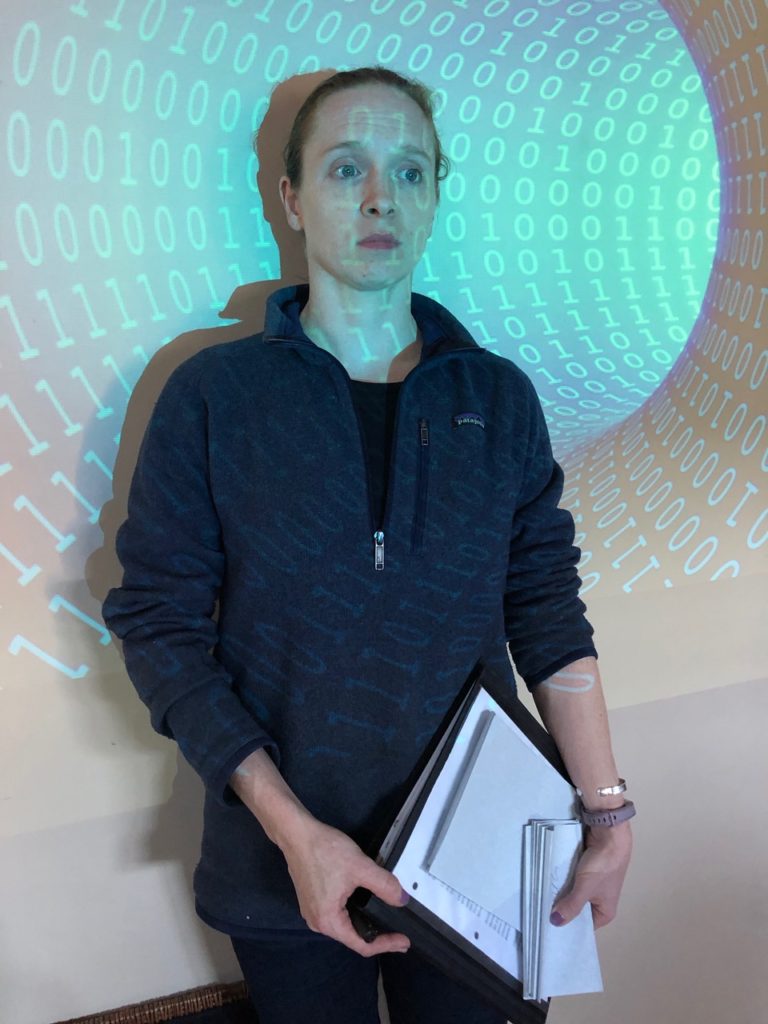
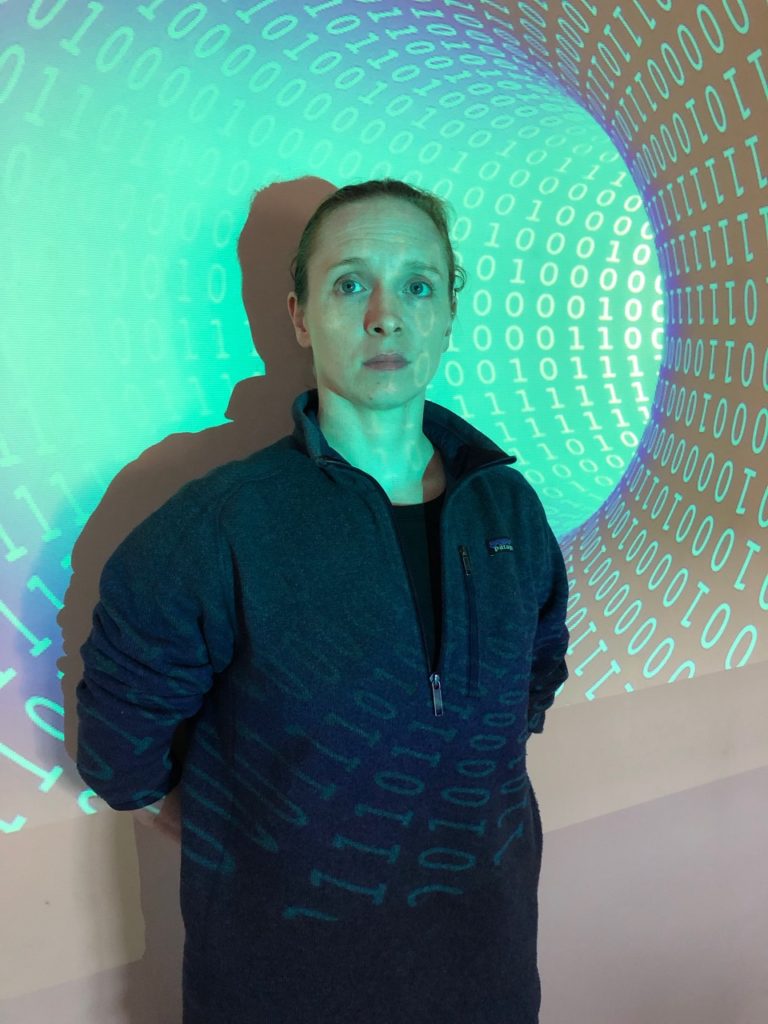
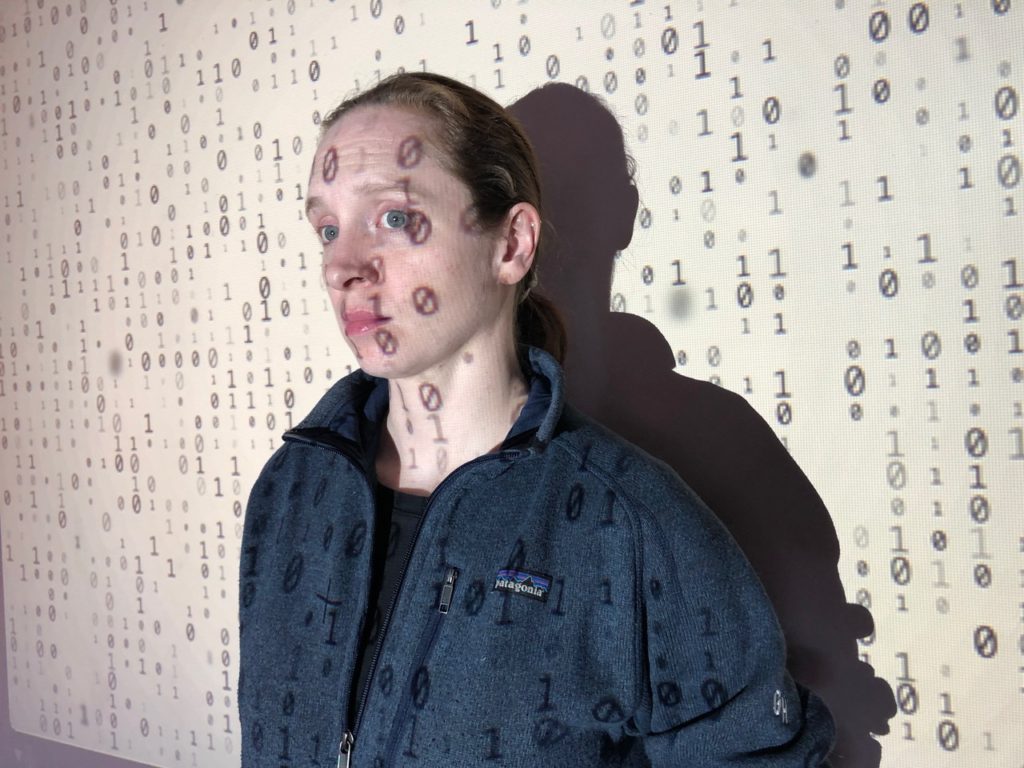
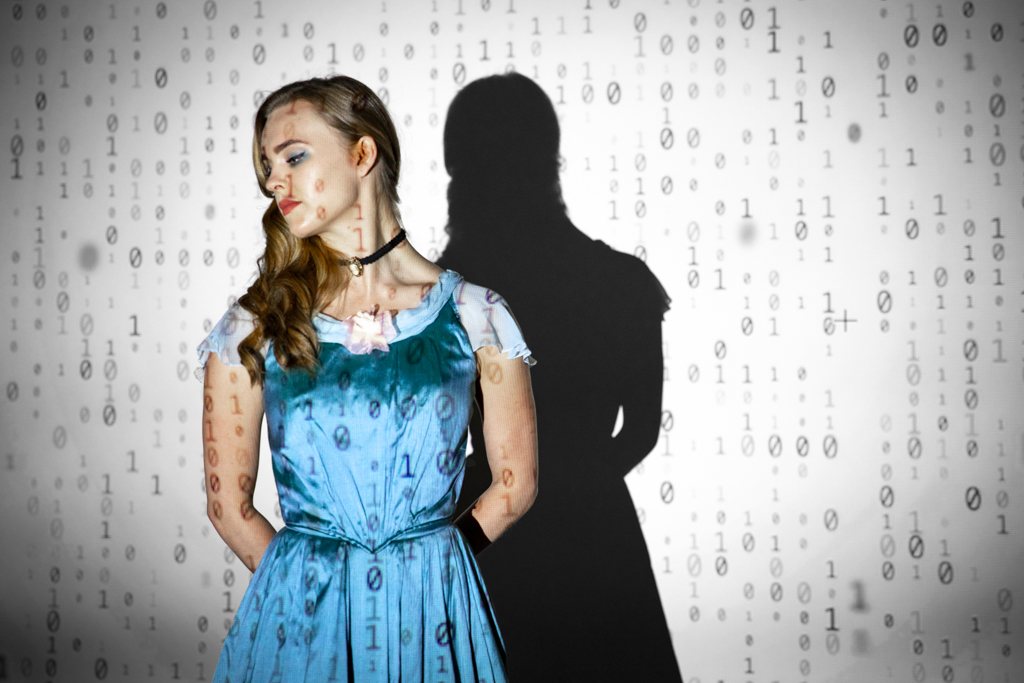
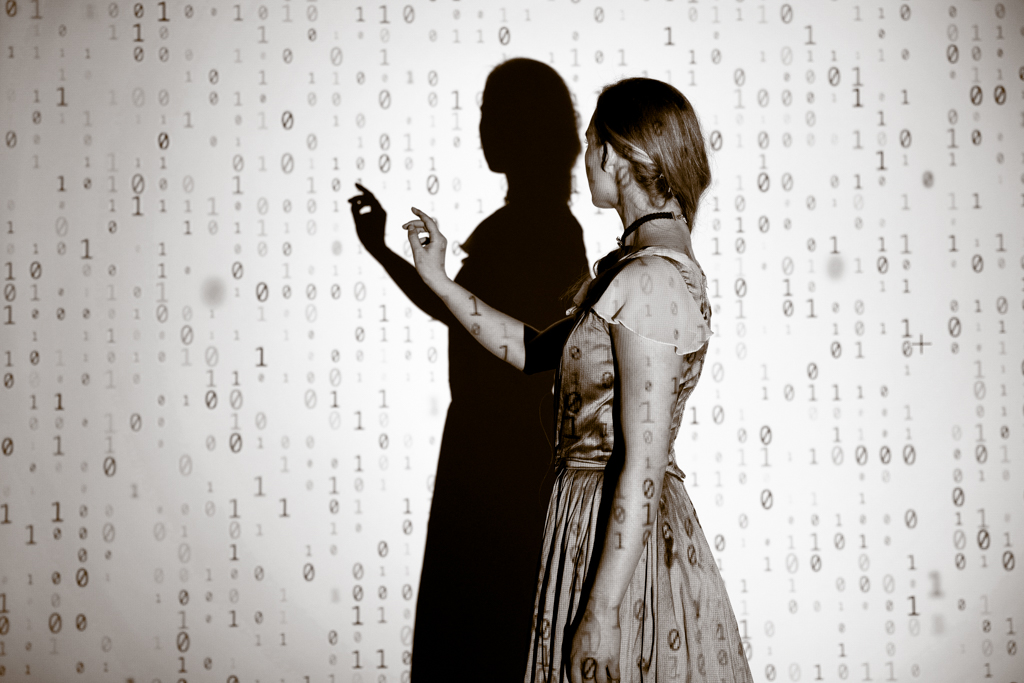
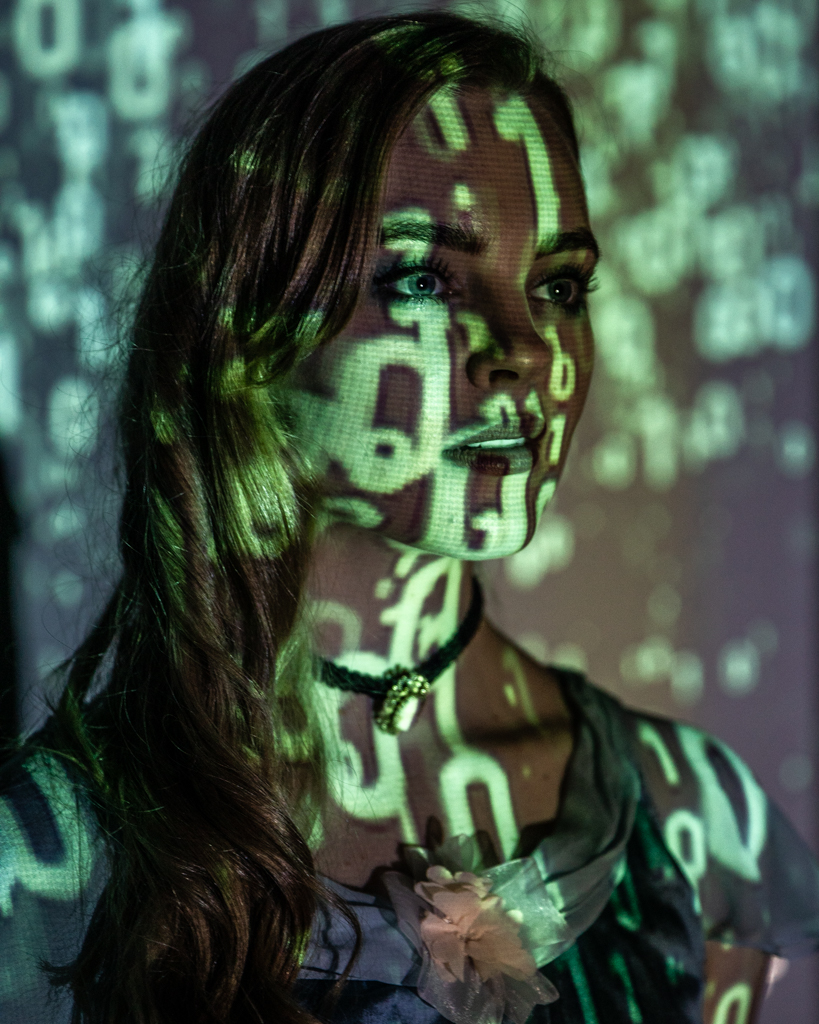
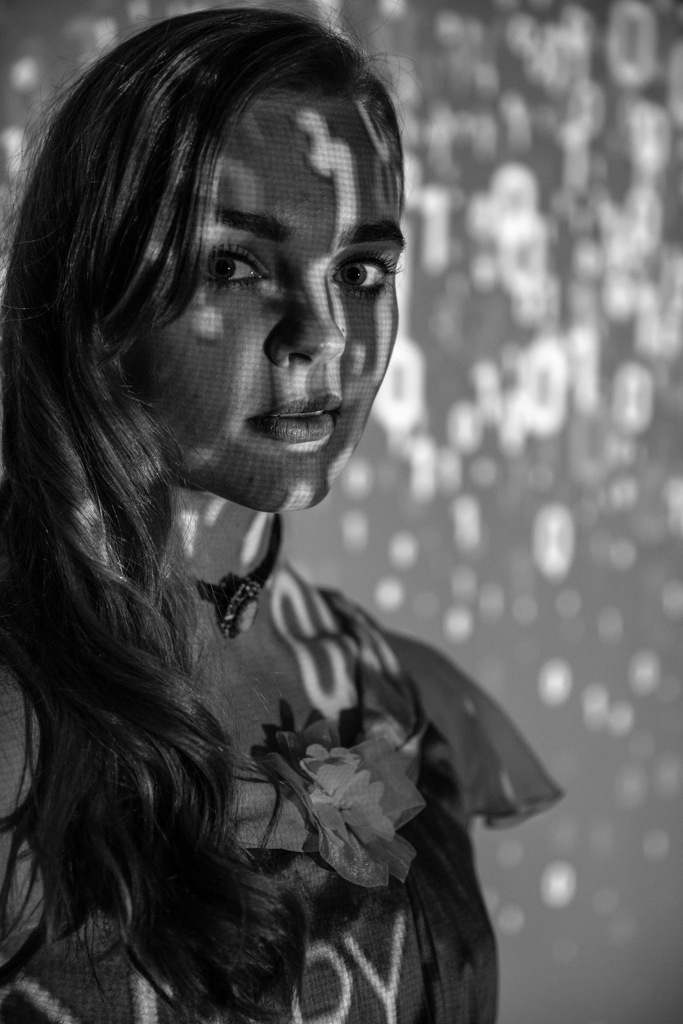
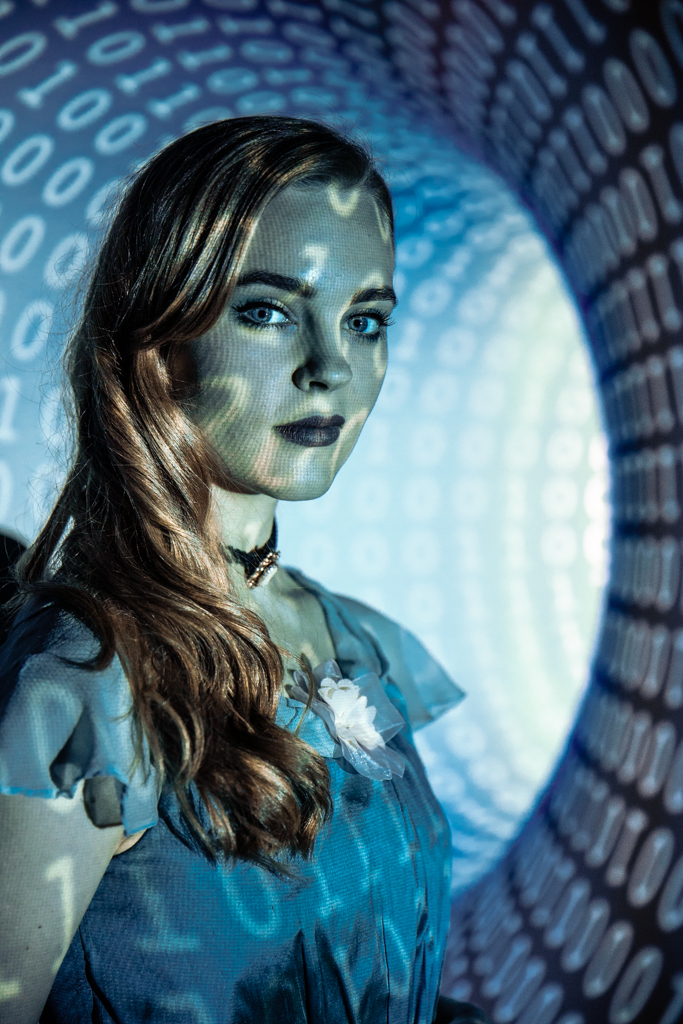
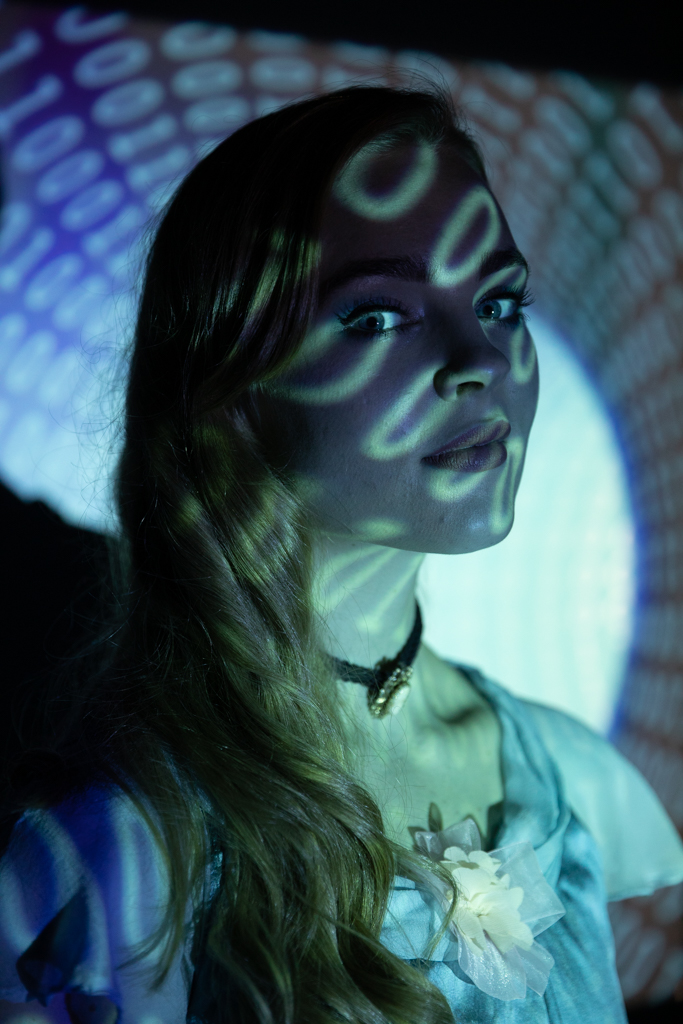
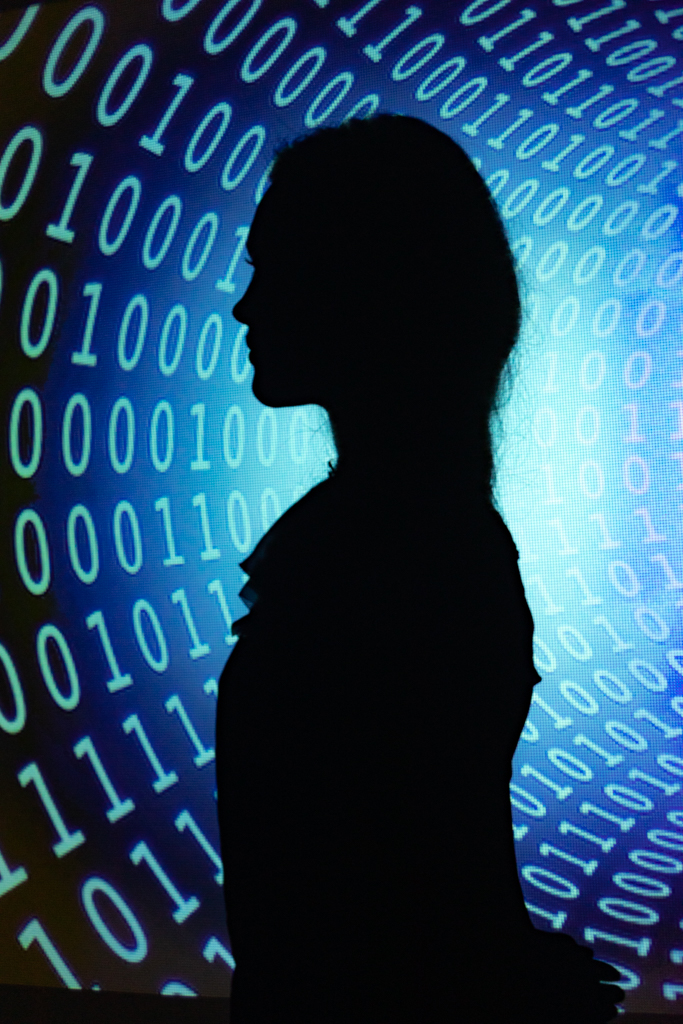
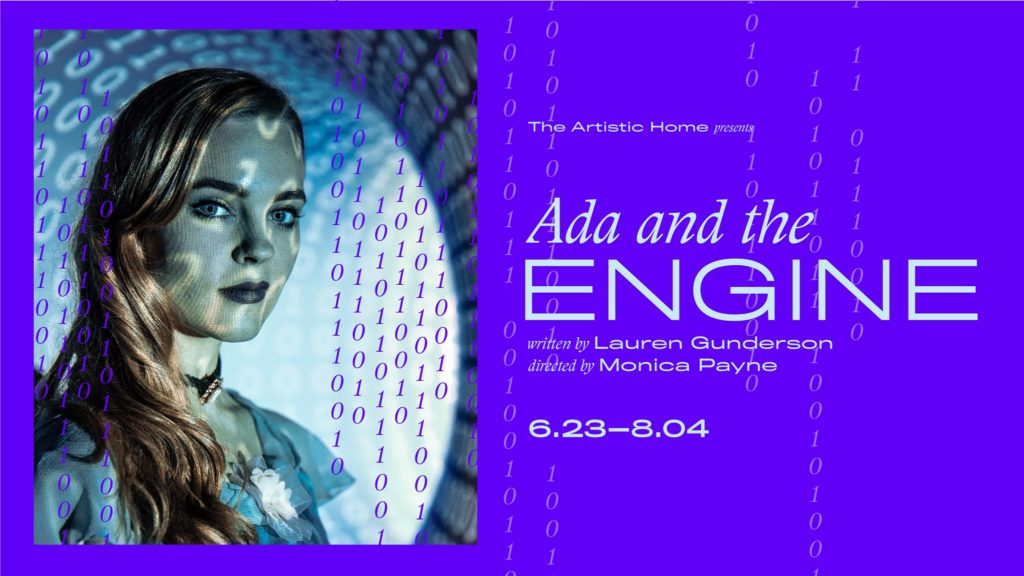

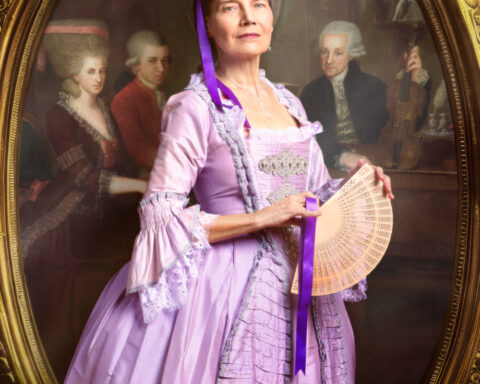
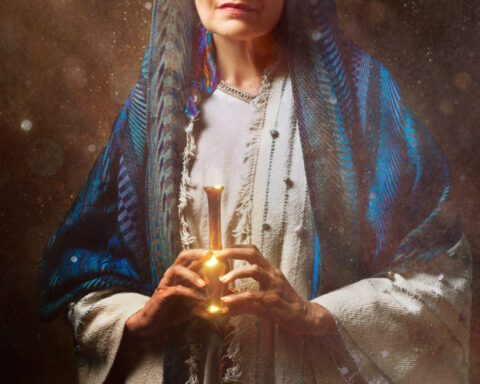

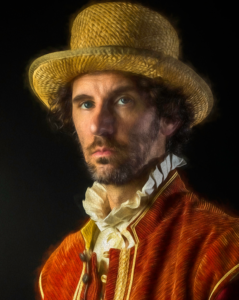
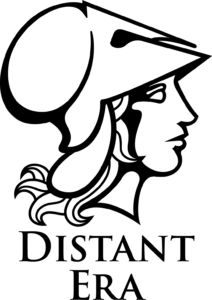
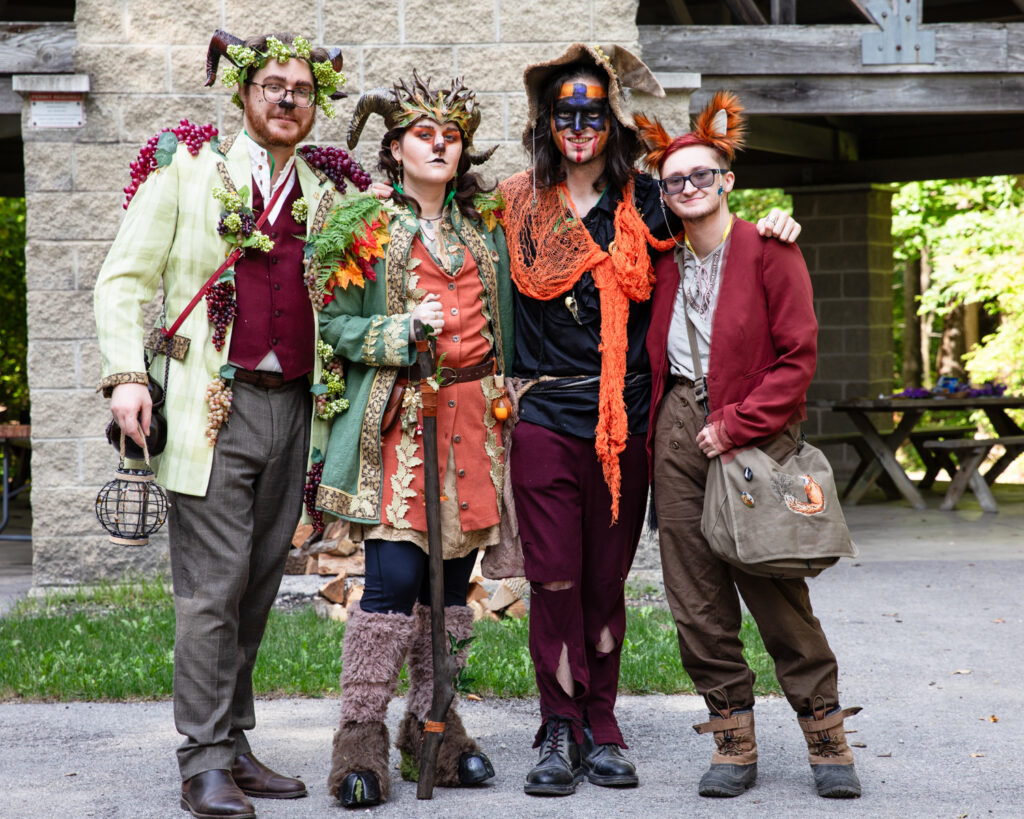
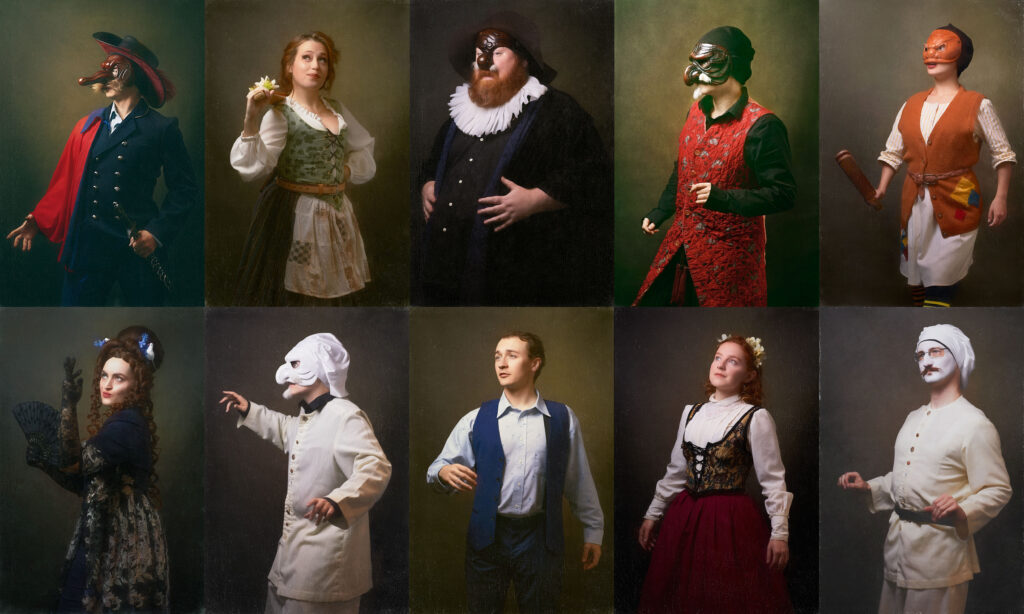
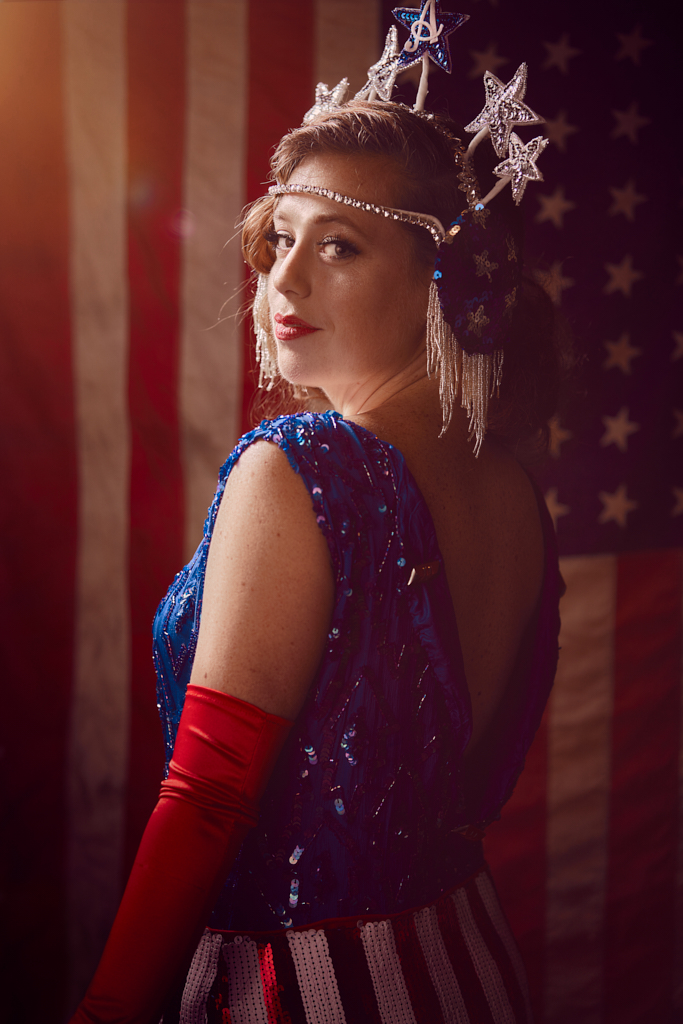
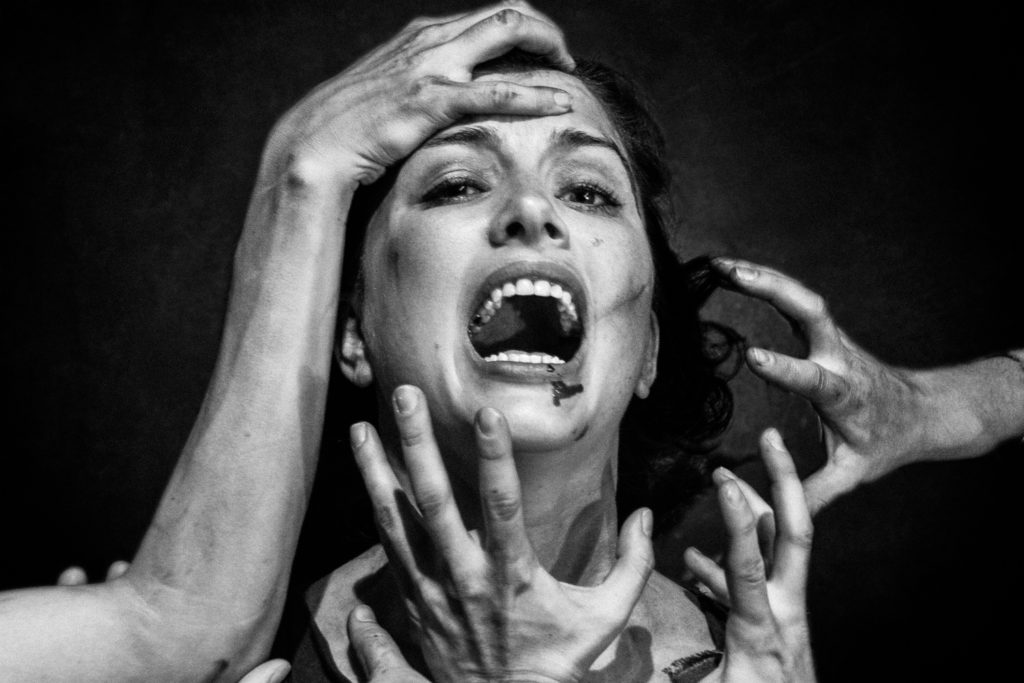
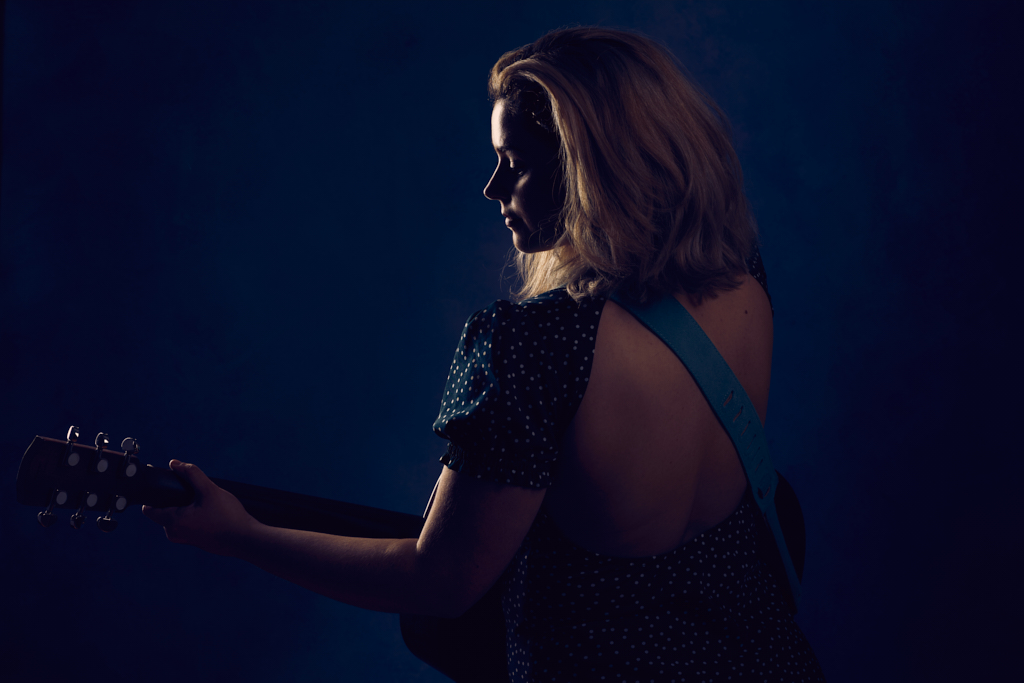
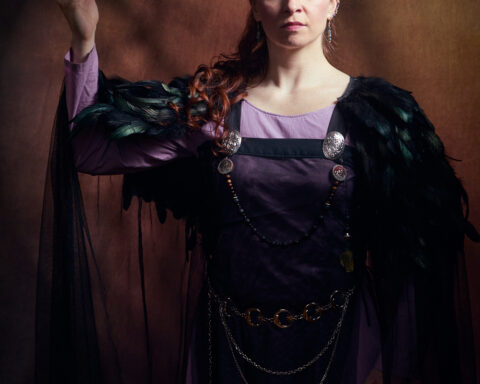
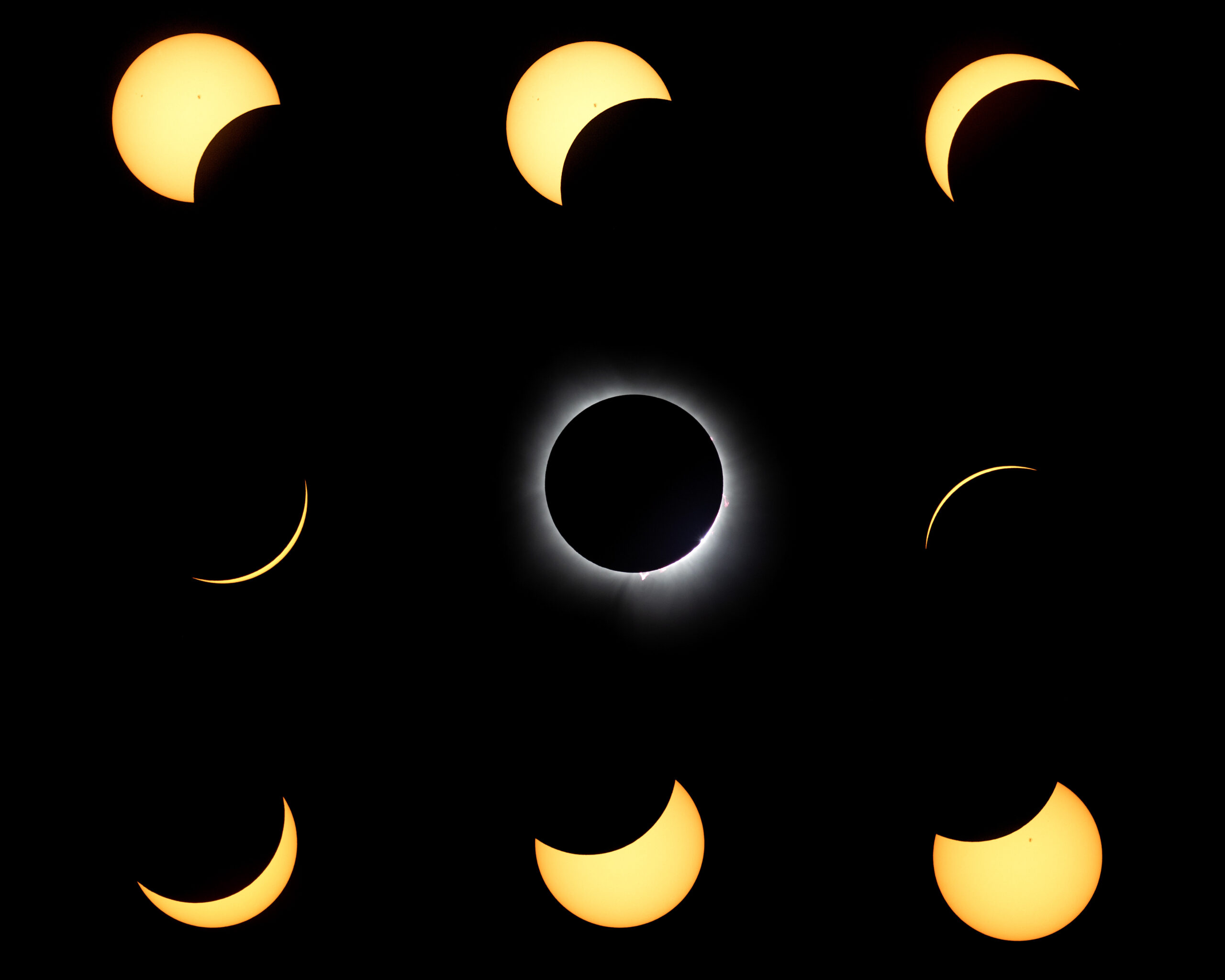
Follow Me